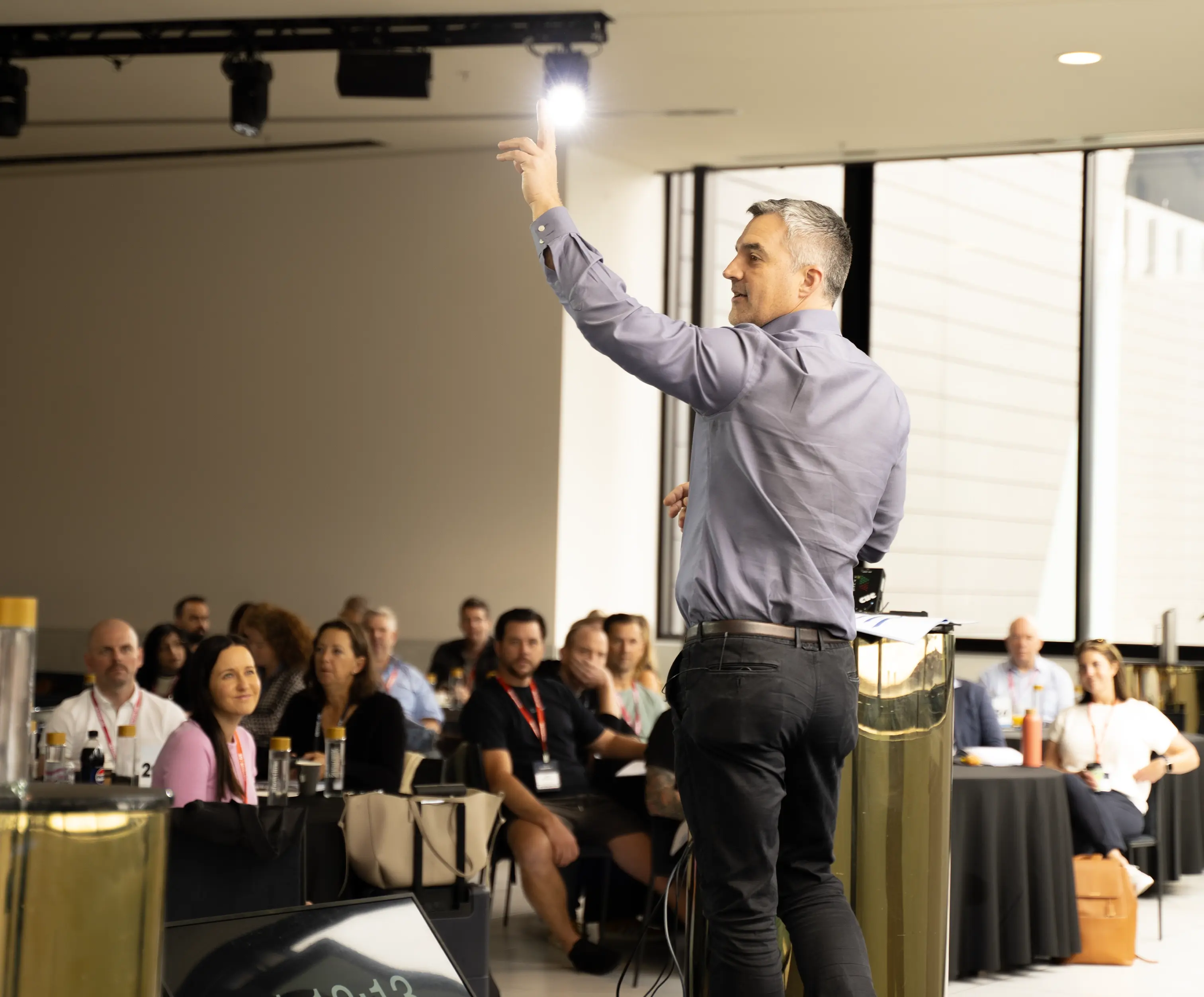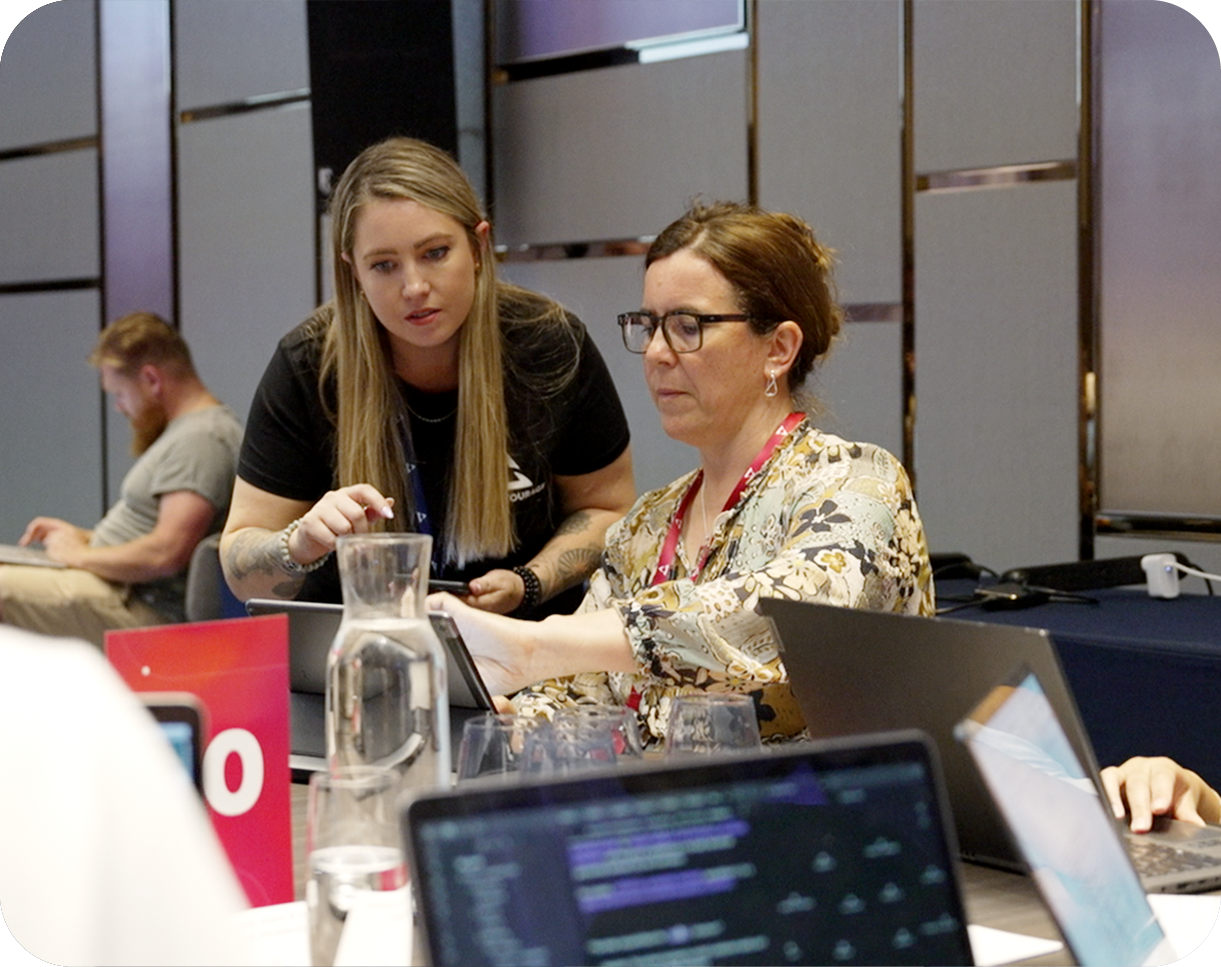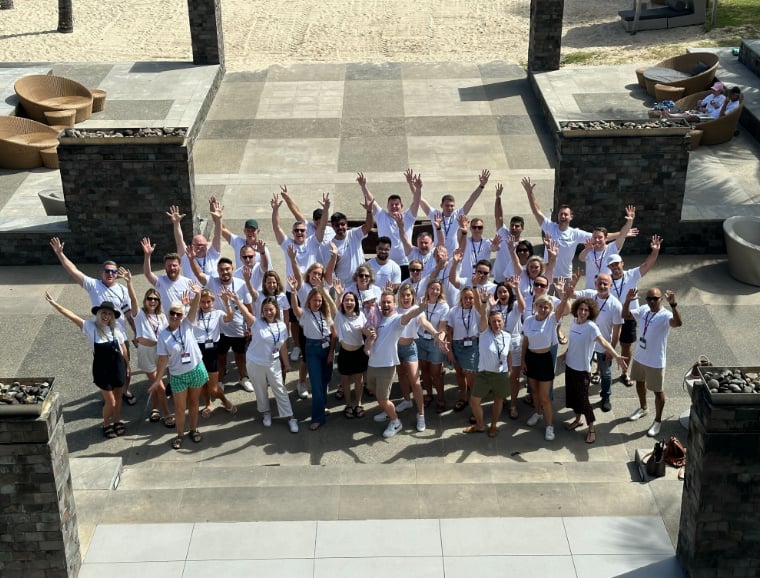Gamification sprinkles play over the plain chores we face each day. A coffee shop that stamps a card, a phone app that records streaks, or a gym that slips in surprise perks can blur the border between duty and delight. People spend more time with the brand, discuss it with friends, and return without persistent reminders. This guide explains how the approach works, why it fits service firms of every size, and what steps you can take to weave game thinking into your own customer experience.
Why Game Thinking Matters for Modern Services
Customers juggle dozens of apps, loyalty cards, and email offers. Attention drifts unless a brand offers more than a transaction. Gamification provides that extra spark by feeding three basic drives.
First comes progress. A rising score or level feels like proof that each visit counts. Next is the challenge. Small, time‑bound tasks break routine and inspire people to explore new products.
Finally, recognition seals the bond.
Shout‑outs on a leaderboard or early access to bookings make regulars feel valued. When these motives align, even a haircut or bank transfer can trigger the kind of excitement once reserved for arcade high scores.
Mechanics That Spark Action
Game mechanics need not be complicated. A points tally next to every booking or feedback form supplies instant gratification. Badges mark special moments, such as “ten lattes sampled” or “first month with zero missed payments,” and provide a social boost when shared online.
Speed is essential. Rewards that land right after a task keep the brain buzzing. This principle explains the popularity of an instant withdrawal casino model, where fast payment methods and generous bonuses drop into an account the moment play ends.
Service brands can mimic that energy by sending perk vouchers or upgrade credits seconds after a customer completes a mini quest. Quick feedback wires a lasting positive loop: task, reward, delight, repeat. To anchor these mechanics, set clear milestones. For example, a pet groomer might offer priority weekend slots to clients who book five consecutive appointments. The promise is simple, the path is visible, and the payoff feels earned.
Learning from Digital Worlds
Game players invest hours crafting elaborate builds and perfecting strategies. They translate those skills to real life when brands speak the same language. Think of a builder perfecting a simple Minecraft bridge online.
Materials are scarce, design choices matter, and every block serves a purpose. A service dashboard that copies this clarity, clean graphics, steady progress bars, and easy resource tracking invites customers to treat routine tasks like creative projects rather than chores.
This blend of play and utility heightens satisfaction. A laundry pickup app that shows a colourful progress path from dirty basket to folded stack makes the mundane feel like a mission worth repeating. When the experience feels friendly, customers forgive small hiccups and share success stories with peers.
Inside the Reward Loop
A perk drops, and a warm spark runs through your body. That feeling is dopamine doing its quiet work. When points tick upward or a badge lights up, the brain celebrates the moment just as it would after cracking a crossword clue or bending a last‑minute shot into the top corner.
That swift chemical burst can turn routine tasks, paying for a latte, closing the dinner tab, booking a yoga slot, into upbeat little wins that make you eager to return.. Because the reward arrives seconds after the action, the mind links the brand with a pleasant spark.
The loop repeats without pressure from marketing emails. Customers return for the next lift, and their growing streak becomes a personal badge of honor rather than a forced habit.
Rewards That Feel Handpicked
A perk works best when it matches the person who earns it. Blanket coupons land flat, but a free espresso shot for a latte regular or a quiet corner upgrade for a remote worker feels thoughtful.
Study purchase history, read quick survey answers, and watch which challenges a user finishes first. Then offer a reward that mirrors that insight. A handwritten thank you from the barista can lift an ordinary coffee run into a tale people love to tell. Feeling recognised, guests pass the anecdote along, and that honest chatter travels faster than any advert.
Let the Crowd Carry the Game
People enjoy a challenge more when they are not alone. A visible scoreboard in the app, a photo wall in the shop, or a live feed of recent milestones invites gentle rivalry and shared pride. Customers cheer one another on, swap tips, and post screenshots of their progress.
The community energy keeps the game fresh long after the first novelty fades. Your business becomes the host of a friendly contest where everyone can win, and each shared success deepens loyalty without extra advertising spend.
When the crowd celebrates together, engagement grows on its own rhythm.
Real World Success Stories
Starbucks Rewards began as a simple star counter. Over time, the coffee chain introduced double-star days, secret menu items, and early product drops for top-tier customers. Members now visit more often and spend more per visit than casual shoppers.
Duolingo proves that even grammar drills can shine. Daily streaks, league races, and treasure chests turn language study into a routine many users guard like a prized pet. The platform’s retention numbers dwarf rivals that rely on plain lesson lists.
Vodafone’s VeryMe program rewards users with points for topping up, sharing data with friends, and testing new features. The playful system cut subscriber churn because users linked the brand with pleasant micro‑rewards rather than monthly invoices.
Across each case, the formula stays constant: clear goals, quick feedback, and treats that feel tangible.
Table of Popular Gamification Elements
|
Element |
Service Example |
Typical Impact |
|
Points |
Salon awards points for re‑booking before leaving |
Up to a ⅓ rise in repeat visits |
|
Levels |
Bank app shifts users from Silver to Platinum after ten tasks |
Average balance per user climbs by ⅕ |
|
Badges |
Gym crowns “Class Champion” after streaks |
Social shares jump by 15% |
|
Quests |
Food delivery offers a weekend “try a new cuisine” quest |
Order frequency doubles during the challenge window |
|
Leaderboards |
Co‑working space ranks top referrer each month |
Referral volume gains 25% |
Numbers reflect blended findings from hospitality, wellness, and fintech pilots over the past three years.
Implementing Gamification in Your Business
Begin with a single, vivid objective. Maybe you need more app logins, richer customer data, or additional upsells.
Map the customer journey and mark points where a reward could remove friction. If most clients drop off after browsing prices, add a quick “first quote” badge that unlocks a small discount.
Launch with mechanics that require minimal coding. A simple progress bar upgrades automatically when staff log a completed task in their usual system.
Use push notifications or email to confirm each achievement instantly, matching the pace set by real‑time cashouts in gaming sectors. Gather feedback weekly. Are users confused about the rules? Do rewards arrive too slowly? Adjust in small increments.
As engagement grows, layer fresh quests to maintain novelty. Seasonal themes work well: a “Summer Adventure” quest in a travel insurance app or a “Winter Warmth” streak in a coffee subscription builds anticipation.
Pitfalls and Protective Measures
Gamification cannot mask a weak core service. Start with the key things: good service, decent quality, and transparent pricing. Once those pieces feel rock‑steady, layer on the fun. Keep it tidy by running just one or two quests at a time because a clutter of goals wears people out.
Respect privacy. Offer clear opt‑outs for public leaderboards and keep personal data secure. Finally, test all reward loops to prevent exploits. A customer who finds a loophole to farm unlimited points can drain value and erode trust.
Related Categories
Ryan Terrey
As Director of Marketing at The Entourage, Ryan Terrey is primarily focused on driving growth for companies through lead generation strategies. With a strong background in SEO/SEM, PPC and CRO from working in Sympli and InfoTrack, Ryan not only helps The Entourage brand grow and reach our target audience through campaigns that are creative, insightful and analytically driven, but also that of our 6, 7 and 8 figure members' audiences too.





